Etna - Lava flow February 2025
Simona's internship in Bristol
UNICT - Department of Mathematics and Computer Sciences - 2024
ESA Frascati 2024
Federica Torrisi Ph.D defense
University of Alaska - Fairbanks
Eleonora Amato Ph.D defense
AGU 2023 - San Francisco
Giornata Nazionale dello Spazio 2023 - Catania
Nolta 2023 - UNICT
ESA Frascati 2023
Etna 1928 vents
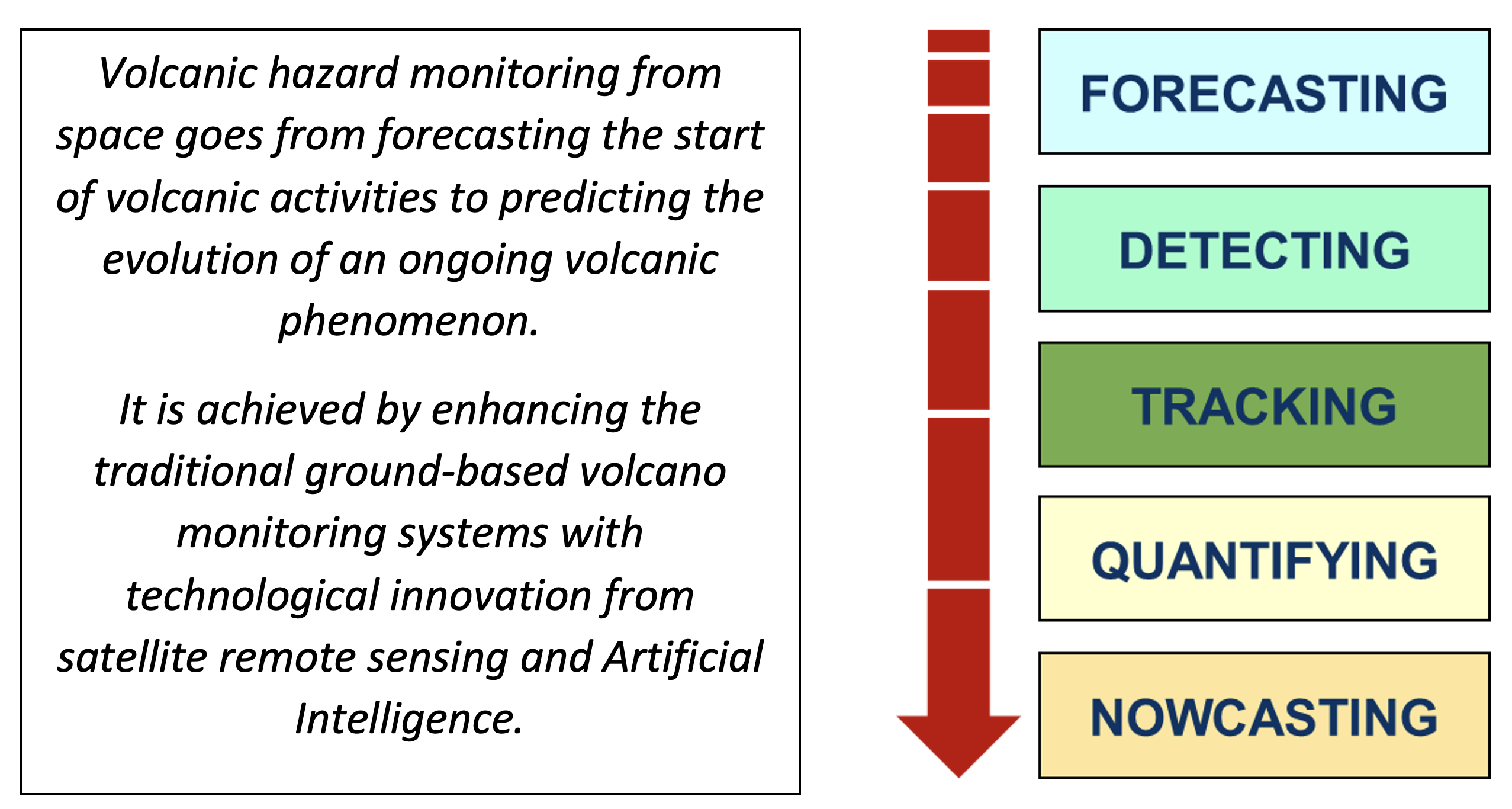
FORECASTING
Eruptions are often preceded by a number of indicators that are detectable from space, including subtle increases in surface temperature.
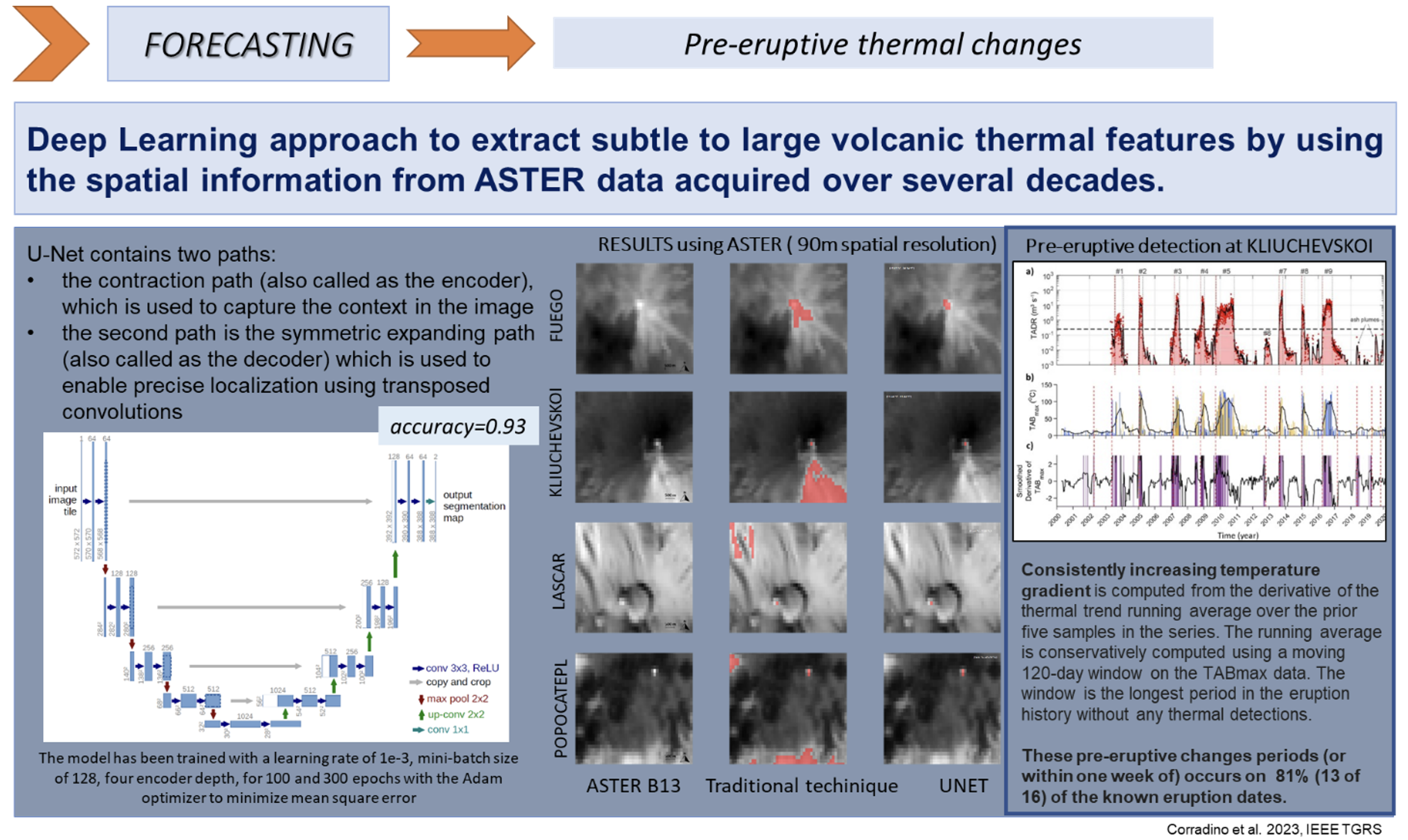
DETECTING
The first indications of eruption are often identified in satellite data by strong thermal anomalies and/or the presence of ash and gas in the atmosphere, the recognition of which can be automated for rapid eruption detection.
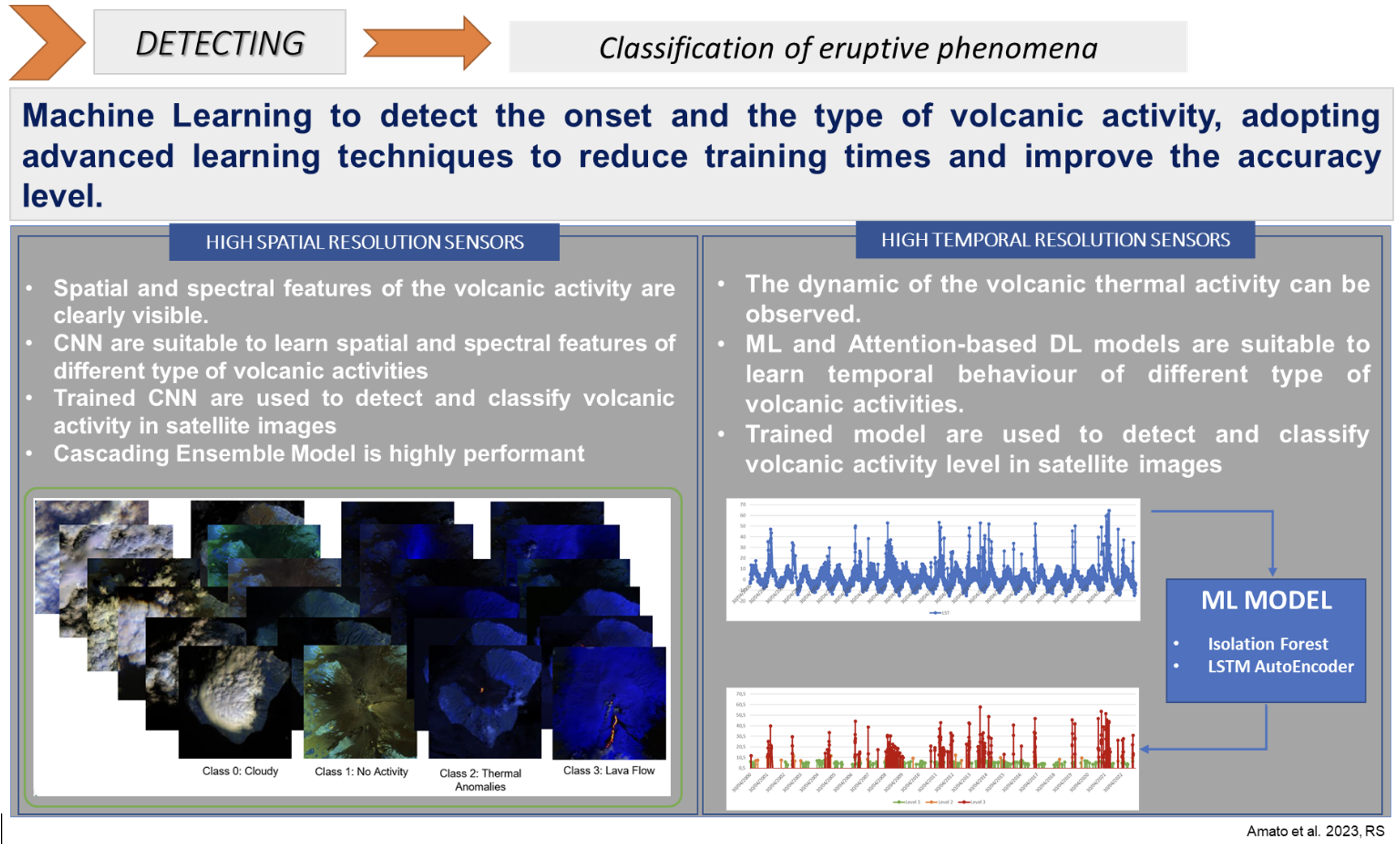
TRACKING
Once an eruption is in progress, space-based imagery can track activity over time, providing information on the emplacement of volcanic deposits, the presence and character of ash plumes, and potential changes in the character of the eruption.
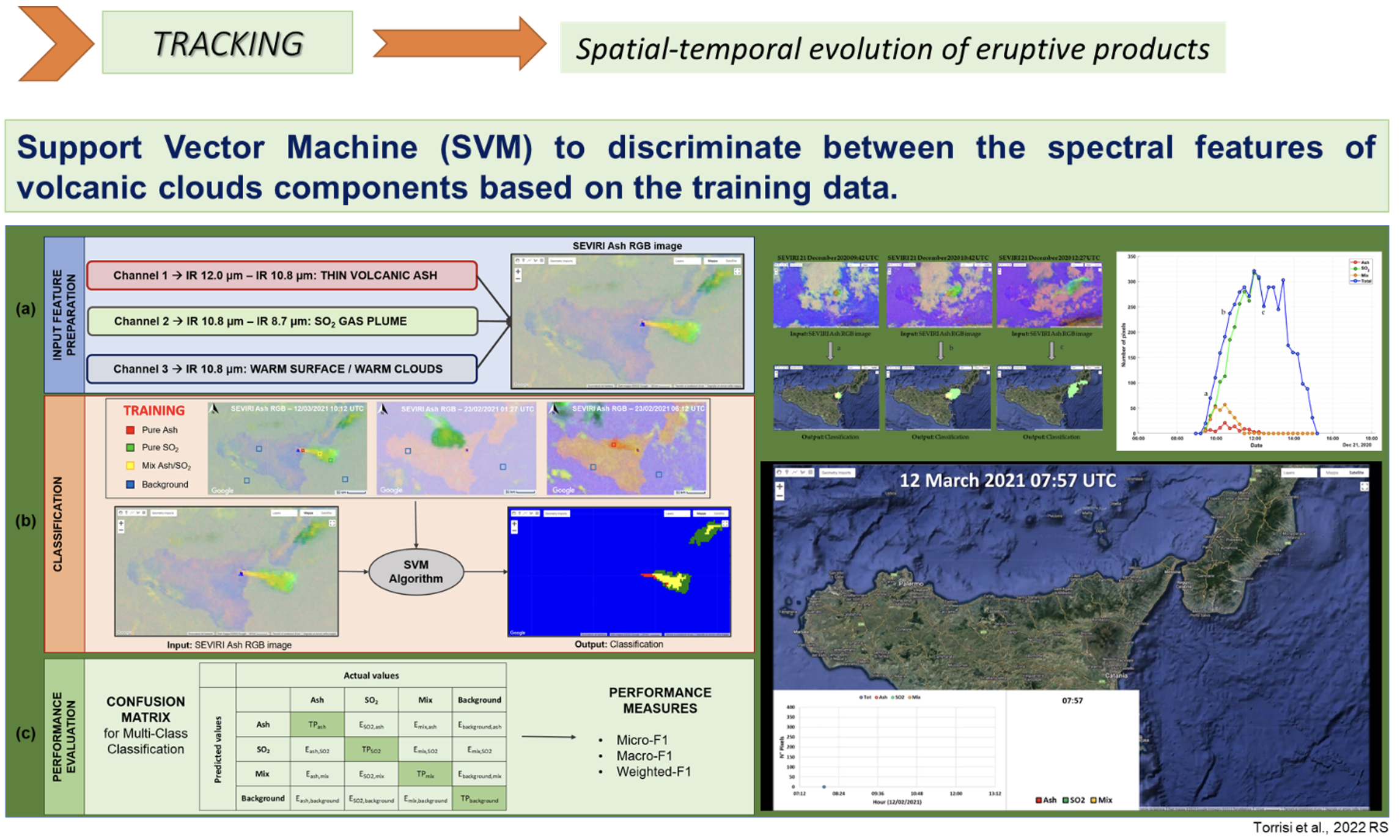
QUANTIFYING
Quantifying and thus characterizing eruptive products is then required for hazard assessment.

NOWCASTING
Finally, short-term prediction of the evolution of volcanic phenomena allows to accelerate the response to volcanic hazardous events.
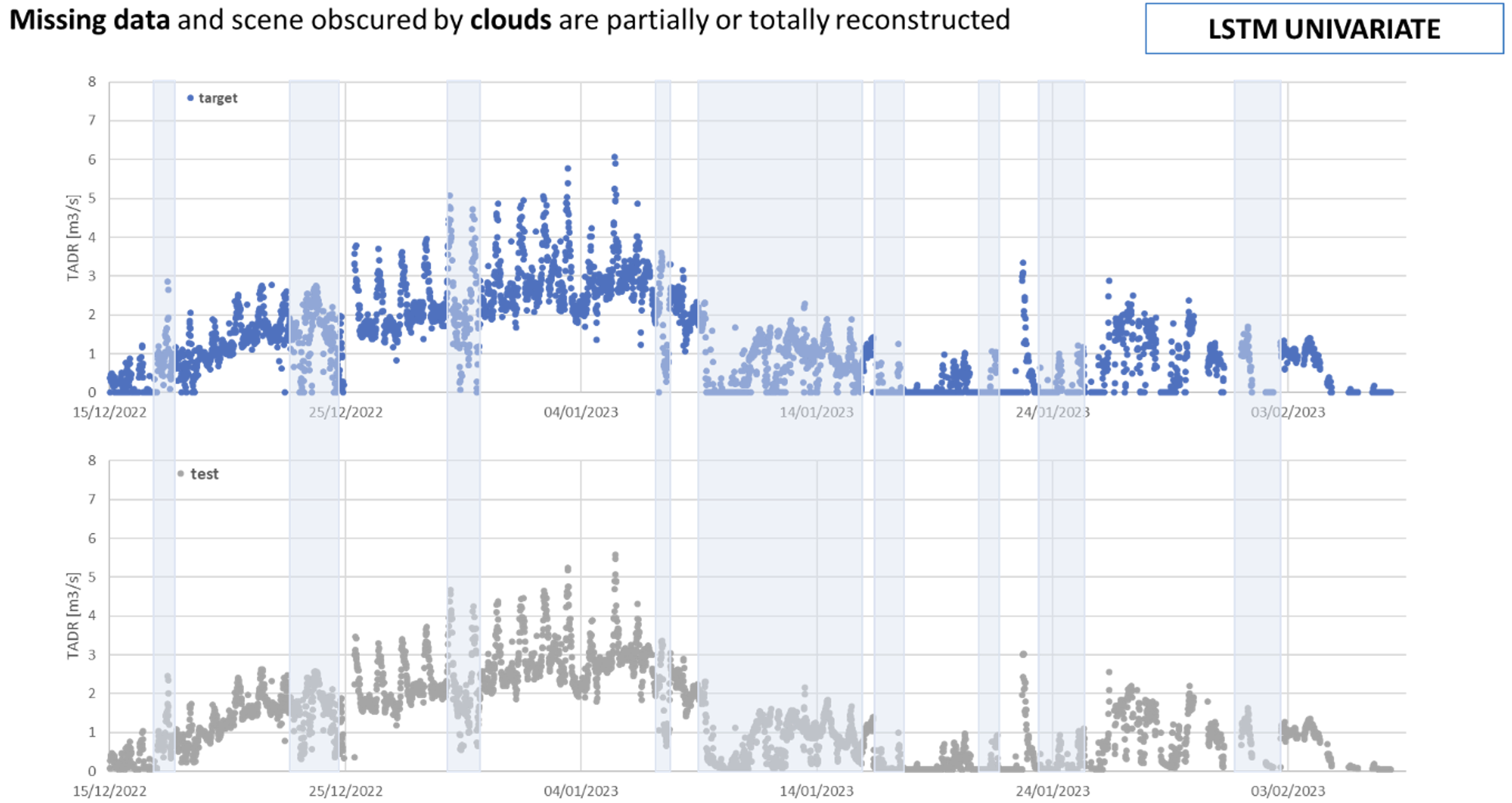
Nothing added so far
.png)









